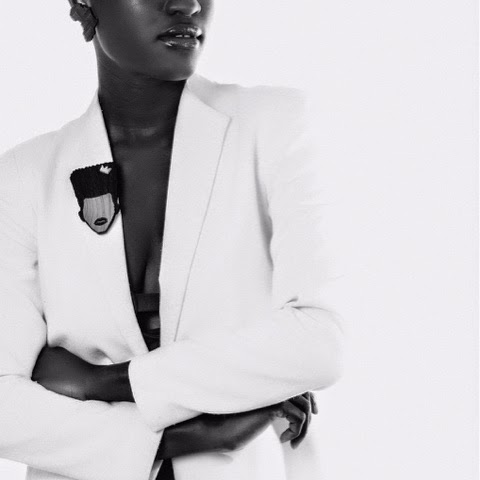The Importance of High Street Collabs
The events surrounding the Lilly Pulitzer for Target collaboration opened a lot of people's eyes to a greater, often ignored truth; Fashion makes snobs. People think that just because they possess the funds to purchase high end pieces that it somehow, someway, makes then "better" than those who cannot.
Deep down, we all know that this is so not true, that a bad person is still a bad person, whether they are wealthy or broke, and the only difference between a rich jerk and a poor jerk is that money only serves to amplify the fact that this person is a jerk.
Brands don't make you a good person. Money doesn't make you a good person. What you own or can afford to own does not make you a good person.
Great. Now that we got that out the way, let's talk.
The stance of this little blog has always been that good fashion should be affordable, style should be attainable, and a a beautiful lifestyle should always be in reach, despite economical background, size, shape, physical ability, etc.
And high street collaborations allow for this. These collabs simultaneously connect brands with different customers (thus expanding the audiences for the brand) and connects consumers with labels that they previously would not be exposed to or wouldn't have been able to afford. This expands the brand and gives consumers a chance to own a label they wouldn't have had the chance to otherwise.
Another thought: have you ever considered how difficult it is for a higher end label, like a Lilly Pulitzer or a Marc Jacobs, to make more affordable items? It is a daunting task. They must create reasonably priced pieces while still being true to the quality and luxe of their label. Yet most of these collabs meet this challenge successfully, producing gorgeous and affordable items that stay true to the image of the label.
Unlike counterfeits, which in essence is stealing from the brand, these high/low collaborations are directly from the labels they represent. From conception to creation, these are direct products from coveted companies directly to a wider audience of consumers.
The point: High/Low collabs give designers a chance to reach a wider group of customers while giving consumers who wouldn't normally have access to such brands a chance to own real pieces created by real designers.
A 3.1 Phillip Lim piece is STILL s 3.1 Phillip Lim piece, whether it was sold as a boutique in East Hampton or at an inner city Target. That designer put their work into creating that piece, and we're satisfied enough with the product to put their own name on it.
More importantly, many brands that participate in these collabs remain very proud of their work, the same way they are proud of their higher end items.
So, my question to brand purists and label whores is this: If the brands and labels you are so dedicated to love and value their own high/low collabs, who are you to disrespect them or the people that buy them? Did you ever consider that these high/low supporters obviously have the same taste as you, otherwise these collabs wouldn't be supported and therefore be nonexistent?
So, fancy pants, let's cut a break to the rest of the populous who would rather spend their funds on practical things instead of breaking the bank for style, and maybe each other for having such good taste.

Comments
Post a Comment